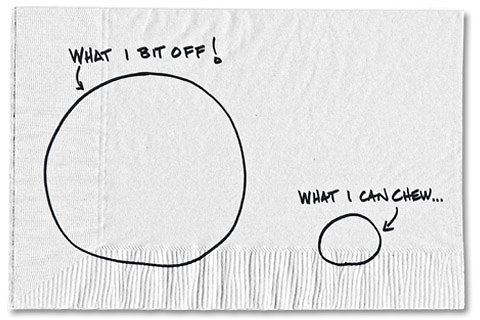In early 1981, for instance, the Dow Jones industrial average dived 2.4 percent, on what was then the heaviest trading day in history, after Mr. Granville urged his newsletter followers to “sell everything and go short.” It rebounded in the following weeks before tumbling 23 percent over the next 15 months.
Mr. Granville, who died on Sept. 7 at 90, was perhaps the most famous of a generation of market seers who made their own fortunes in the less risky venue of the newsletter business, in his case The Granville Market Letter, which he began publishing in 1963.
“I’m paid to put you in at the bottom and take you out at the top,” he declared as he barnstormed the country with a showman’s flair, drumming up subscribers at investment seminars choreographed like Broadway shows.
He once dropped to the stage on a 100-foot-long wire wearing his standard After Six tuxedo. He used puppets and clown outfits. He once played a blues song on the piano to underscore his contention that Wall Street brokerages were just out to make money off their customers.
Mr. Granville wrote a daily market letter for E. F. Hutton Company before striking out on his own. At its peak, in the early 1980s, his near-weekly newsletter had 13,000 subscribers. They paid $250 a year — and $500 more for urgent alerts by phone and Telex — as Mr. Granville sought to time the biggest gyrations in the markets.
Louis R. Rukeyser, who often had Mr. Granville on his PBS program, “Wall Street Week,” told People Magazine in 1981 that Mr. Granville was “the most controversial man in American finance.”
But while Mr. Granville correctly called a bear market in the late 1970s and the implosion of technology stocks in 2000, he missed other major turns, like the start of an epic bull run in 1982.
And like many other market forecasters, his overall performance was “very poor” compared with that of basic stock index funds, said Mark Hulbert, editor of The Hulbert Financial Digest, which has tracked the performance of investment advisory newsletters since 1980.
Mr. Hulbert said that from 1980 through January 2005, Mr. Granville’s stock tips for investors lost 0.5 percent on an annualized basis, compared to an 11.9 percent average yearly gain for a general stock index. Mr. Granville’s tips for more aggressive traders lost an average 10 percent a year over that period, Mr. Hulbert said.
Mr. Granville, who continued to produce the newsletter until his death, did not provide enough trading details after January 2005 to track his performance as precisely. But he got enough of the broad turns in the market right, Mr. Hulbert said, that if investors had ignored his stock picks and bought or sold an index fund with each call, they would have earned 8.5 percent a year since 1980.
“He deserves some credit for insight into the market,” Mr. Hulbert said, adding that Mr. Granville created technical indicators still used by many market analysts.
He died in a hospice in Kansas City, Mo., where he was being treated for pneumonia, his wife, Karen E. Granville, said.
Mr. Granville reveled in all the attention his bold calls received, she said. “He loved that,” Mrs. Granville said in an interview. “It was almost like he was on stage all the time.”
Joseph Ensign Granville was born on Aug. 20, 1923, in Yonkers. In “The Book of Granville: Reflections of a Stock Market Prophet,” published in 1984, Mr. Granville recalled that his father had lost $30,000 in the stock market crash of 1929 and “at least twice as much more that he borrowed from Grandma Buck and Auntie Blanche.”
He wrote that his family survived only because his relatives “were comfortable enough to write off their losses and aid us in recovering.”
Mr. Granville studied economics at Duke University and graduated in 1948. He also wrote books on bingo and investing in stamps. He was married three times.
Beside his wife, the former Karen Erickson, whom he married in 1981, he is survived by six children from his second marriage, to the former Paulina Delp — John, Blanchard, Leslie, Leona Weissman, Mary Beth and Johanna — as well as 15 grandchildren and four great-grandchildren.

Article source: http://www.nytimes.com/2013/09/19/business/joseph-e-granville-stock-market-predictor-dies-at-90.html?partner=rss&emc=rss


